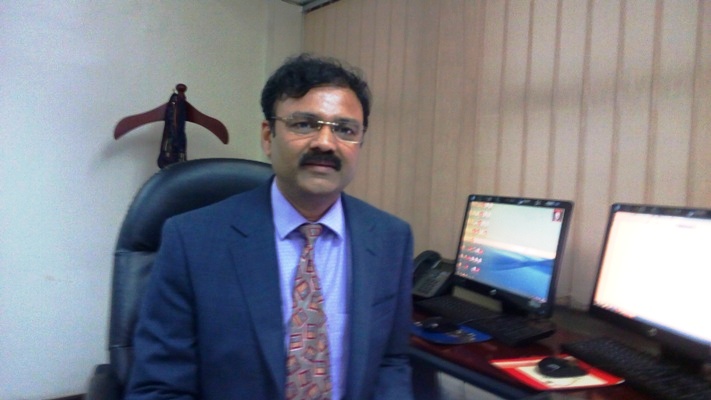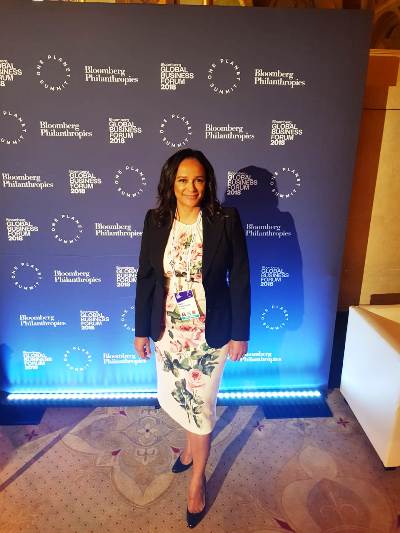Bank of India re-entered the Ugandan market in 2012, having first opened shop here in 1953, but following the expulsion of Asians from the country by former President Idi Amin in 1972, it sold its assets to Bank of Baroda and exited the country.
It is a small bank but it has been profitable since 2012. It was the 15th most profitable bank in Uganda in 2016. It made a net profit of Shs2.3bn, up from Shs1.2bn in 2015. The bank is said to have made Shs4bn in net profit in the year ended December 2017. However, due to structural changes in banking sector in India, Bank of India Uganda (BOIU) had been identified for closure until a final decision was taken on March20, 2018 to continue with the operations. This was after reviewing its performance.
Business Focus’ Taddewo William Senyonyi (TWS) had an exclusive interview with BOIU Managing Director, Ajah Panth (AP) at the bank’s head offices on Jinja road about the bank’s successful start in Uganda and a wide range of issues about Uganda’s banking sector.

Below are the excerpts of the interview;
TWS: On March 20, 2018, the Board of Directors of Bank of India decided to continue with operations of Uganda subsidiary contrary to earlier plans. What informed their decision to stay in Uganda?
AP: There are structural changes taking place in banking sector in India. Bank of India has decided to close some of the foreign centres and Uganda was identified for closure but final decision was to be taken on March 20, 2018. They reviewed the performance of Bank of India Uganda and decided not to close it because of good performance.
TWS: Tell us more about BOI Uganda performance?
AP: Bank of India has been making profits since inception in 2012; business has been growing at a decent pace. We have had nearly zero Non-Performing Loans due to our quality of lending. In 2017, our profit is estimated to have grown by more than 50%. The results are yet to be approved by the Bank of Uganda but they are impressive.
In 2016, our profits grew by 90% although our business is small. We are one of the best performing among the newer banks. From 2016, we started paying dividends.
TWS: Many banks with Greenfield operations have found it hard to hit the ground running. How have you managed to start on a high?
AP: The main reason for our success is the quality of lending. We pay attention to detail on the customer wanting a loan; we have a strong committee that decides on a loan to be given out. The quality of lending is very important and explains why we have been profitable since inception.
And it’s easy to get a loan from BOI; we look at the experience of the borrower, security available and cash flows. Our loan portfolio stands at Shs97bn and this is diversified in different sectors.
TWS: What’s BOI’s niche/target market?
AP: Our niche is the middle corporates, SMEs (Small and Medium Enterprises) and retail customers like housing loans. This is because our capital base is small [so we can’t go for high net customers]. We currently have 3,500 clients and have two branches in Kampala but we plan to cover the entire country.
TWS: You have a few branches yet you aren’t big on digital banking. What are your plans for online banking?
AP: We provide internet banking to our customers; we follow strict guidelines. We have plans to better our internet banking; we already have a local data centre, automated clearing house and we shall come up with ATMs soon. We are in talks with ATM dealers.
TWS: What’s the impact of new accounting rules (IFRS 9) to the banking sector?
AP: The International Financial Reporting Standards 9 (IFRS 9) took effect on January1, 2018. Unlike before, the new rules require all commercial banks to put aside money to cater for expected losses from the loans that they give out. This means that commercial banks require more money at hand if they are to give out loans or expected credit loss (ECL) provisioning.
This will definitely impact on profitability and capital adequacy; banks may have to bring in more capital to meet the standards. For BoI, we are adequately capitalized in line with the new rules.
TWS: What key challenges is Uganda’s banking industry facing?
AP: It is challenging times for banks because they must upgrade to the latest technology. Mobile phone banking (by telecoms) is also a challenge because small borrowers don’t need to come to banks; they do it on their phones and business is growing at a high rate. Banks must transform technologically to meet the growing needs of customers.
TWS: What are BOI’s prospects in 3-5 years to come?
AP: Our business has been growing at a descent pace, but our industry share is less than 1%. We want to grow this share so that we can rank among the top 10 banks in Uganda in 2-5 years’ time.
We have expansion plans and shall soon embrace agency banking; issue ATMs and Bancassurance is also on the cards.
TWS: What’s your outlook for the banking sector in 2018?
AP: 2017 was a tough year for the banking industry. For BOI, lending grew by about 20% and so was general business. The good news is that the economy is recovering and lending will improve in 2018. The Bank of Uganda has also been reducing the Central Bank Rate (CBR, a benchmark lending rate for commercial banks now at 9%) and NPLs are declining; industry NPLs are expected to decline to 5-6% in 2017, down from over 10% in 2016.
Asset quality is also much better than the previous year, a thing that should see an increase in lending.







